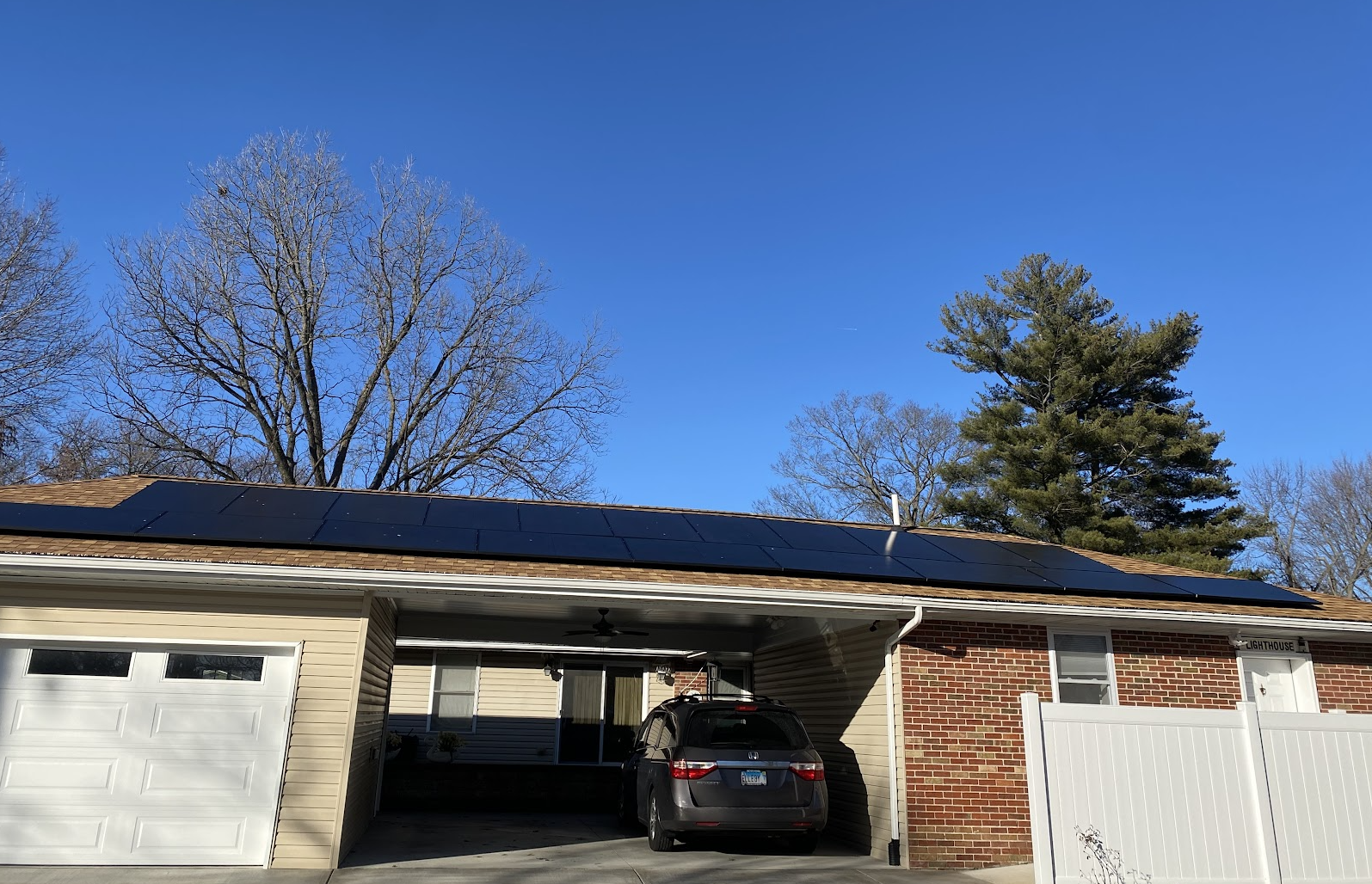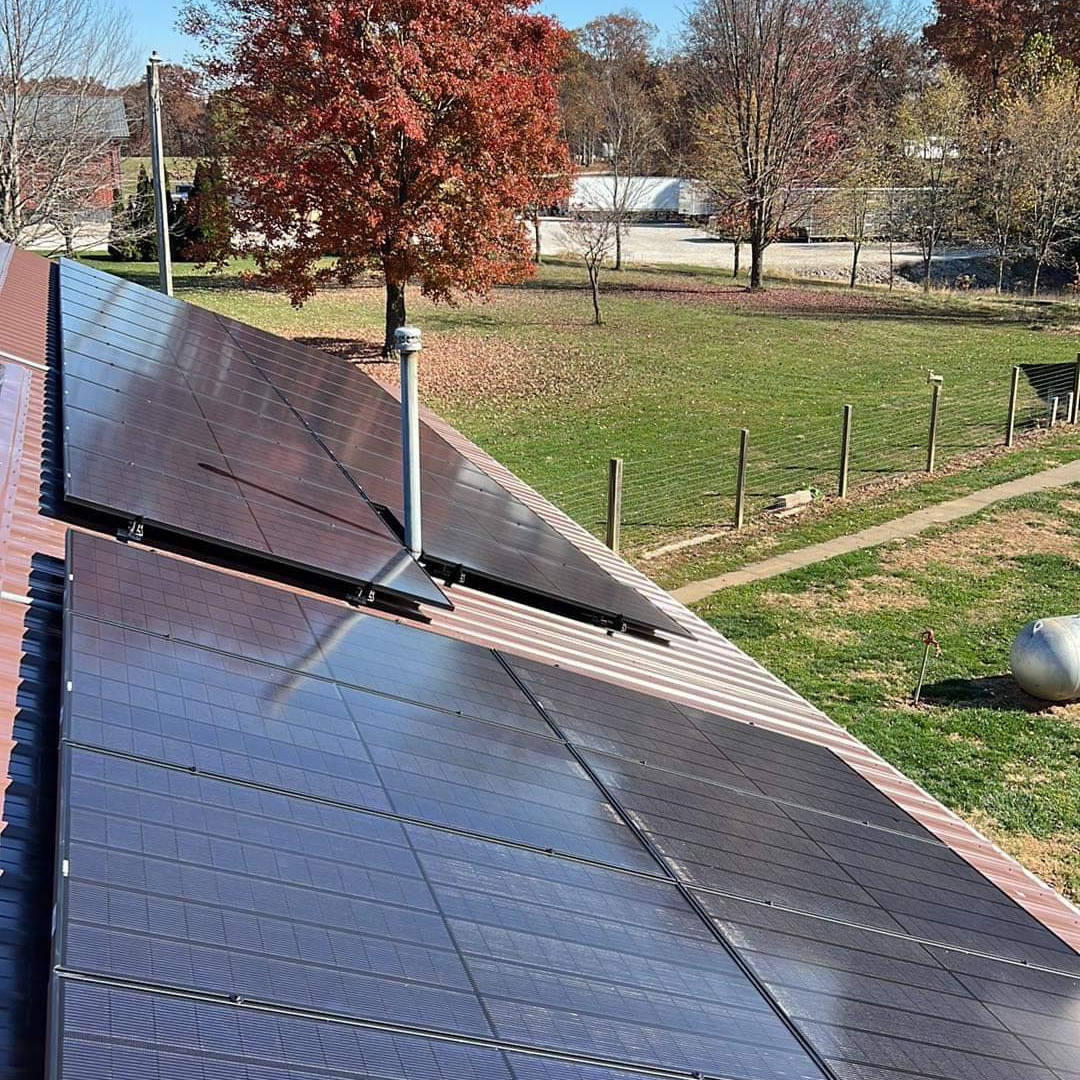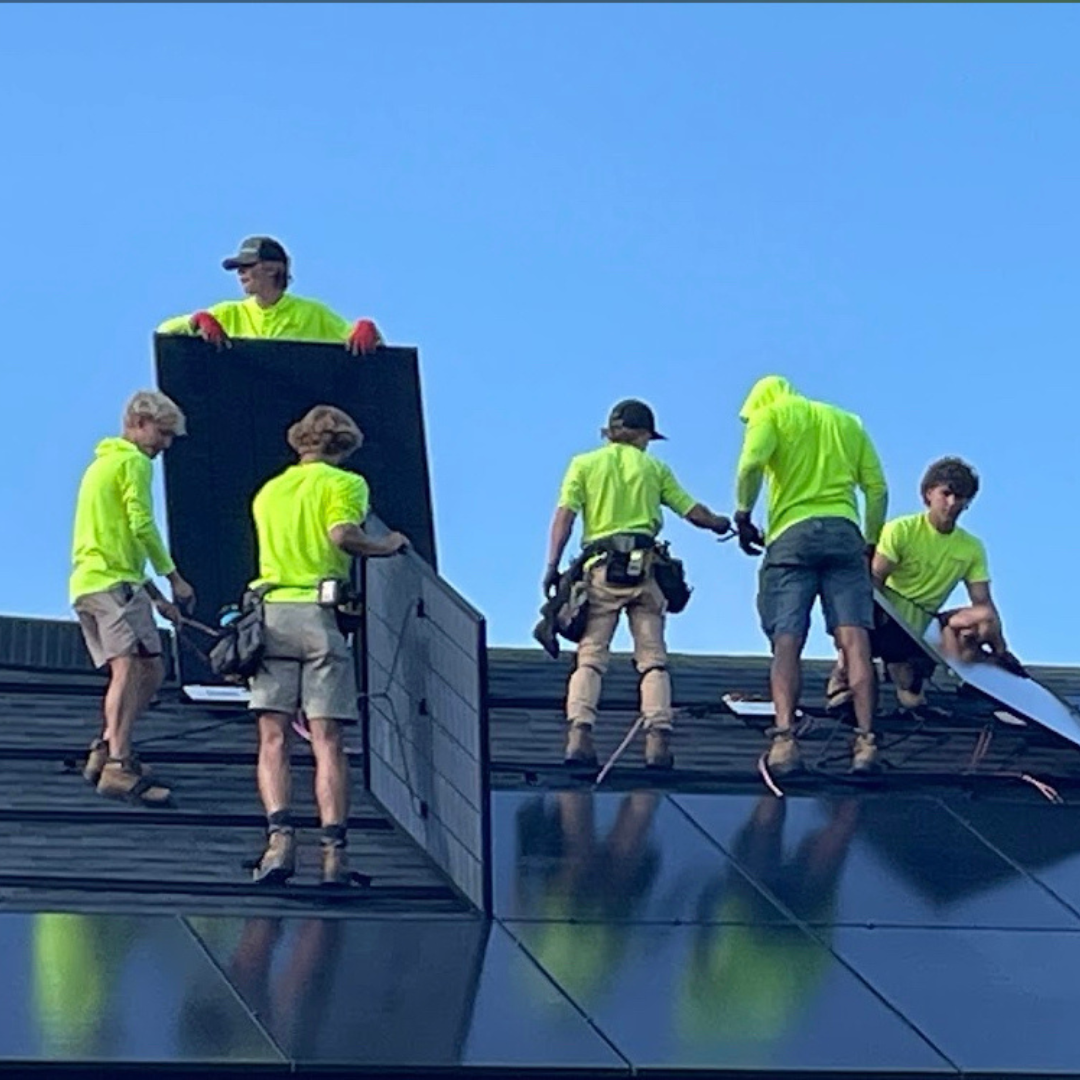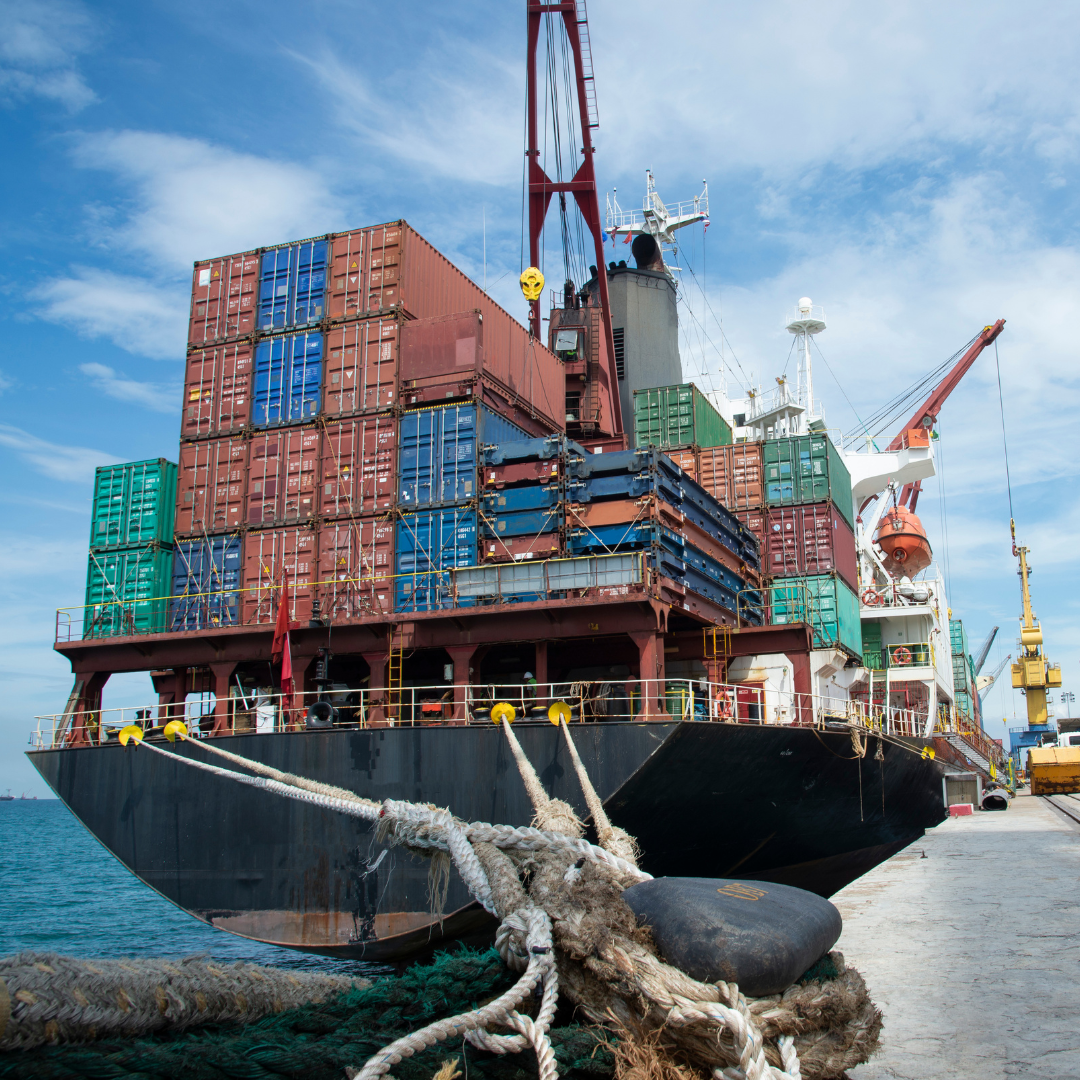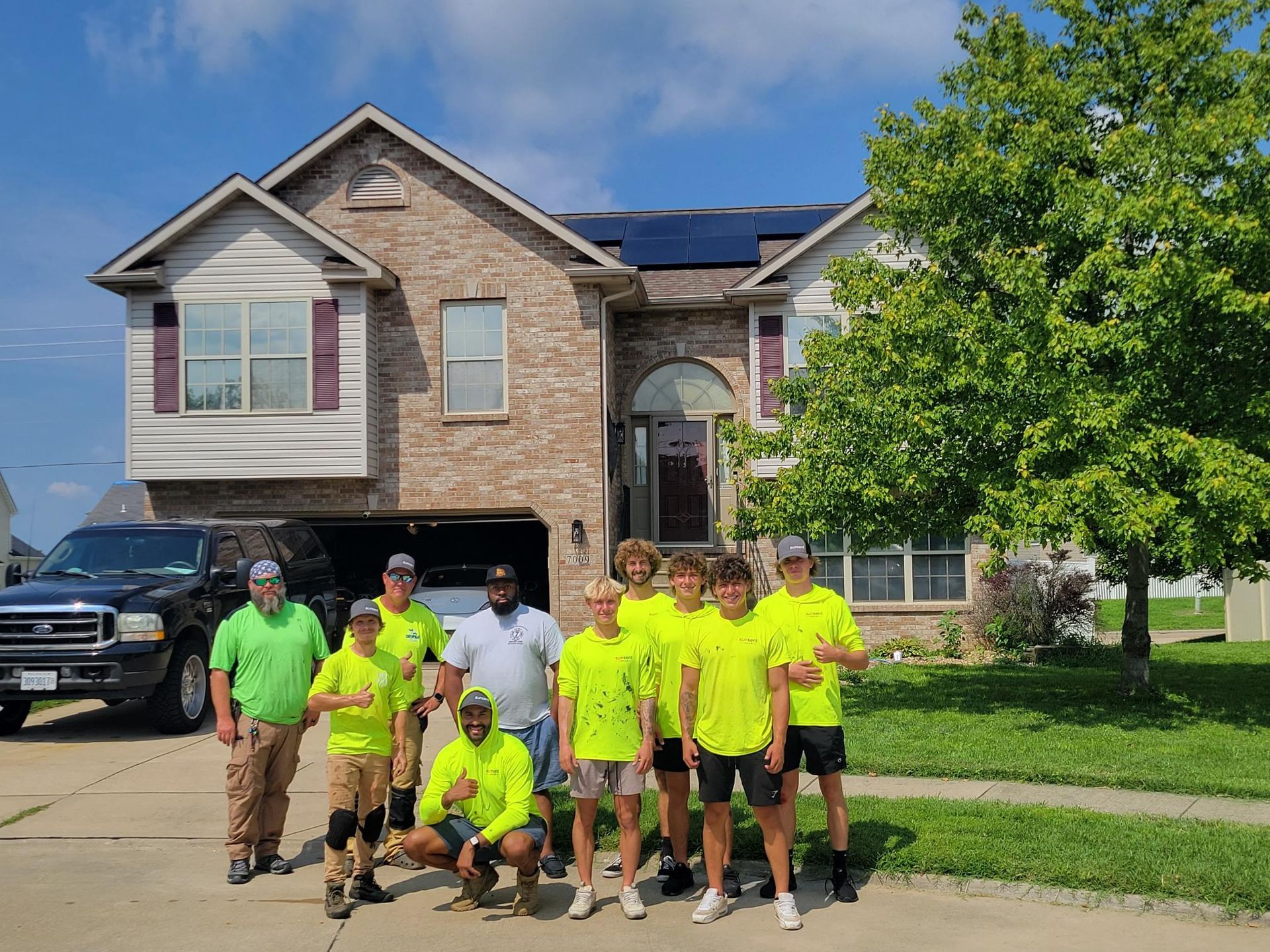The Growing Threat of Power Outages: Why Energy Independence Matters
Power outages are more than just a temporary inconvenience—they disrupt daily life, impact businesses, and can even become life-threatening during extreme weather conditions. From local blackouts in
St. Louis to massive global outages, the need for reliable power solutions has never been greater. In this article, we’ll dive into the causes, impacts, and trends of power outages before exploring how backup battery systems can help you achieve energy independence.
Power Outages in St. Louis and the Midwest
Severe weather events have led to widespread power outages in St. Louis and surrounding areas. Recent data highlights the growing concern:
- Over 100,000 customers lost power in St. Louis due to severe storms.
- A single Ameren report recorded 136,051 outages in Missouri and 40,817 outages in Illinois.
- St. Louis City: 5,112 outages | St. Louis County: 81,888 outages.
Outage Trends Over the Years:
- 2021: 9 major events, mostly due to severe weather.
- 2020: 3 major events, largely caused by system failures.
Notable Outages:
- June 2021: Storms left 38,000 residents without power.
- Faulty underground cables caused two outages within 24 hours.
- Jefferson City: Storms downed multiple power lines, leaving thousands in the dark.
The Impact of Power Outages:
- Health Risks: Extreme heat or cold without power increases the risk of heatstroke or hypothermia.
- Carbon Monoxide Poisoning: Improper use of gas generators can be deadly.
- Hospitals: Limited backup power for critical equipment endangers lives.
- Food Supply Disruptions: Grocery stores and factories lose perishables, impacting food availability.
Power Outages Across the U.S.
The frequency and severity of power outages vary widely across states. Some of the most affected regions include:
- Maine: The highest average outages per year (~4 per year).
- West Virginia: Second highest (~2.8 per year).
- Florida: Experiences the longest downtime, averaging 14.6 hours per outage.
- Maine: Follows close behind with 14.1 hours of downtime per outage.
States with the Fewest Outages:
- Washington D.C.: 0.7 outages per year, with the shortest downtime (1.5 hours on average).
- Wisconsin, Utah, Massachusetts: Each averaging 0.8 outages per year.
Major Causes of U.S. Power Outages:
- Severe weather events: Hurricanes, blizzards, wildfires, tornadoes, and thunderstorms.
- Preventative blackouts in wildfire-prone areas.
- Aging infrastructure struggling to handle modern power demands.

Global Power Outages: The Largest in History
Power failures aren’t just a local or national problem—they occur worldwide, sometimes affecting hundreds of millions of people. Some of the most significant outages in history include:
- July 2012, India: The largest blackout ever recorded impacted 670 million people—10% of the world’s population.
- January 2023, Pakistan: A massive failure affected 230 million people after voltage fluctuations triggered cascading grid failures.
- October 2022, Bangladesh: A power grid malfunction left 80% of the country in darkness.
These outages highlight the vulnerabilities in energy infrastructure and the increasing global need for reliable backup power solutions.
Europe, Russia, and the Energy Crisis
The ongoing war in Ukraine has intensified Europe’s energy crisis, exposing its dependence on Russian fossil fuels.
- In 2024, Slovakia, France, Hungary, Austria, and Spain were the top importers of Russian fossil fuels.
- The EU imported a record 16.5 million metric tons of Russian liquefied natural gas (LNG) in 2024, despite sanctions.
- The U.S. has already moved to ban Russian uranium imports, with the EU likely to follow.
Russia’s Attacks on Ukraine’s Energy Infrastructure:
- Over 1,000 attacks on Ukraine’s power grid since the war began.
- Ukraine’s power grid now operates at only one-third of its pre-war capacity.
- A full collapse of Ukraine’s power grid could lead to mass unrest and a refugee crisis across Europe.
Europe’s reliance on Russian energy underscores the importance of energy independence and alternative power sources.
Power Outages: Then vs. Now
The frequency and duration of power outages have doubled in recent decades, largely due to:
- Extreme weather events becoming more intense due to climate change.
- Aging infrastructure, with most of the U.S. power grid built in the 1950s and 1960s.
- Utility companies struggling to keep up with maintenance and modern energy demands.
Key Statistics:
- 80% of major U.S. power outages from 2000-2023 were caused by weather-related events.
- From 2003-2012, weather-related outages doubled.
- By 2023, major outages were 10 times more common than in the mid-1980s.
With power outages becoming more frequent and severe, individuals and businesses must explore long-term energy solutions.
The Solution: Backup Batteries and Energy Independence
One of the best ways to safeguard against power outages is by installing backup battery systems, such as the Tesla Powerwall 3. These systems allow homeowners to store excess solar energy, ensuring they never lose power even during blackouts.
How Backup Batteries Work:
- Store solar energy collected during the day.
- Automatically power your home when the grid goes down.
- Recharge daily using solar panels, making them a sustainable solution.
Benefits of Backup Batteries:
- Never Lose Power: Unlike gas generators, batteries work instantly and don’t require fuel.
- Energy Independence: Reduce reliance on the traditional power grid and avoid rising electricity costs.
- Eco-Friendly: Solar battery systems use clean energy, cutting down on fossil fuel dependence.
- Increased Home Value: Homes with solar and battery backup systems are in high demand.
Investing in a solar and battery backup system is not just about convenience—it’s about future-proofing your home and securing your energy needs. With extreme weather and grid failures on the rise, now is the time to consider making the switch.
Final Thoughts
Power outages are an increasing problem, both locally and globally. While infrastructure upgrades and energy policy changes are necessary, homeowners can take control of their own energy security today with solar power and battery backup systems. Don’t wait until the next major blackout—start your journey toward energy independence now.
Interested in learning more? Contact SunSent Solar to explore battery backup options that fit your home and lifestyle. You can also read our blog on the benefits of backup batteries and make sure to reach out if you have any questions!
